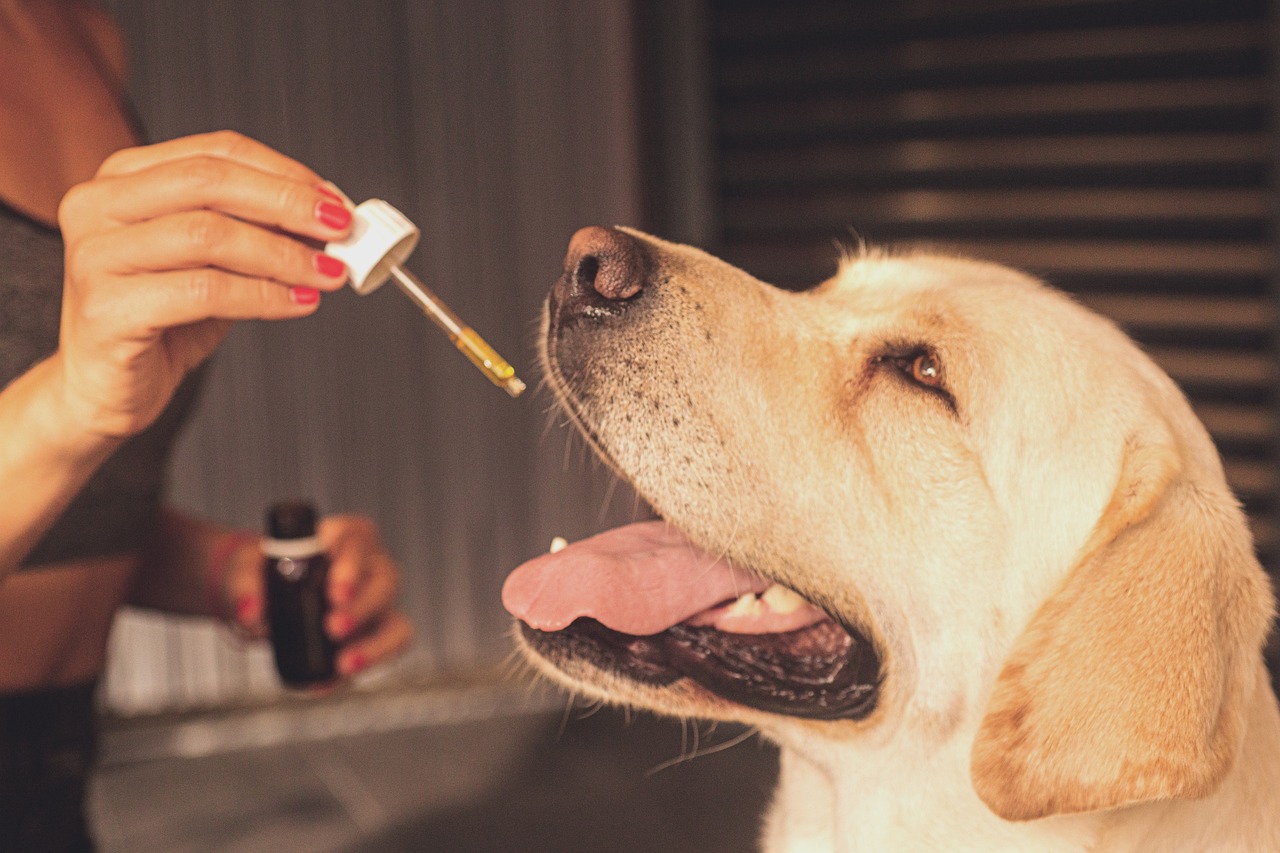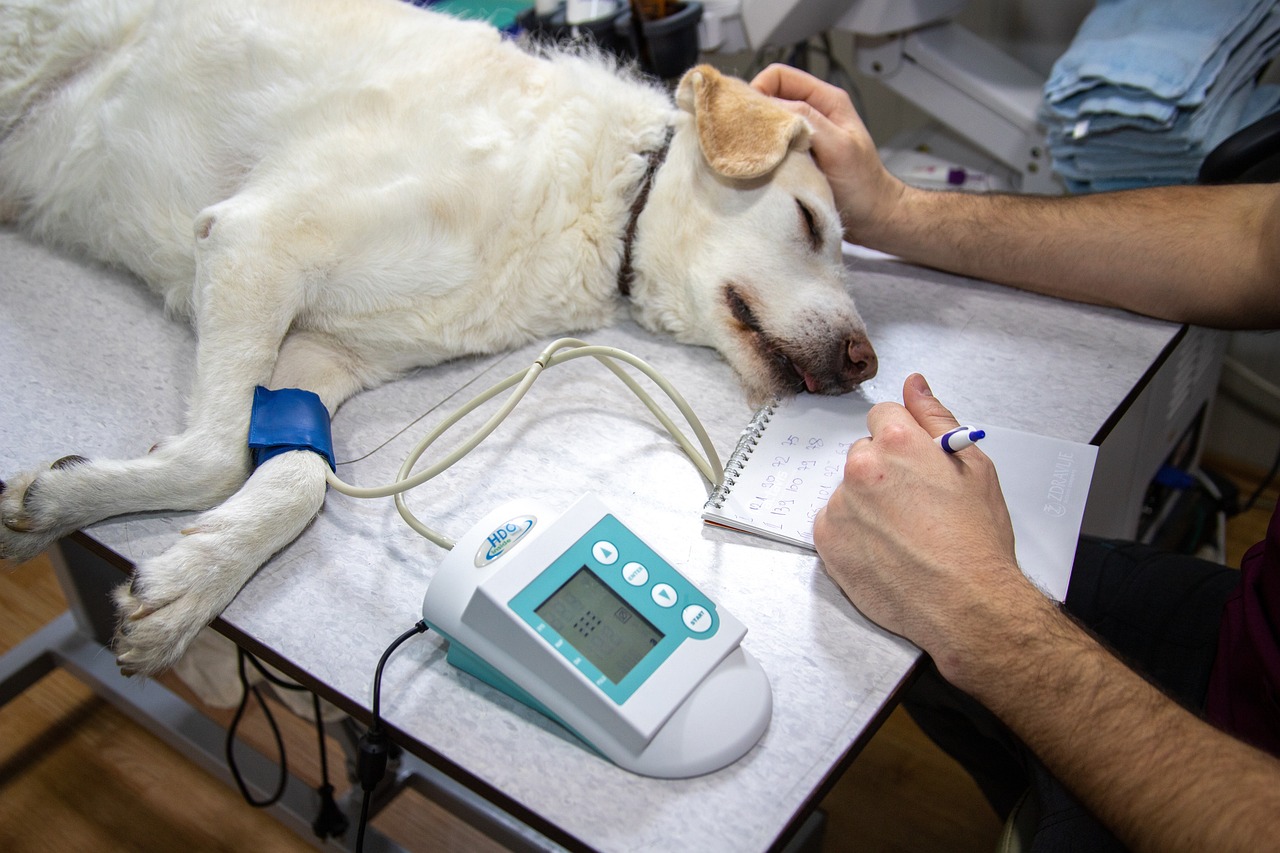Essential Oils for Pets: Safe Uses and Precautions

Essential oils have gained immense popularity in recent years for their potential benefits in human health and wellness. Their aromatic and therapeutic properties are often utilized for relaxation, pain relief, and mood enhancement. As their use has expanded, pet owners are increasingly interested in incorporating essential oils into their pets’ care routines. However, essential oils can be potent and require careful consideration when used for animals. This comprehensive guide explores the safe uses and precautions of essential oils for pets, ensuring that they contribute positively to your pet’s health and well-being.
Understanding Essential Oils
Essential oils are concentrated plant extracts obtained through methods such as steam distillation or cold pressing. Each essential oil contains a unique blend of compounds that can have various effects on the body and mind. Common essential oils include lavender, peppermint, eucalyptus, and tea tree oil.
When it comes to pets, the use of essential oils requires special attention due to their sensitivity to these potent substances. Pets, especially cats and dogs, can have different reactions to essential oils compared to humans, and what may be safe for one type of animal might not be safe for another.
Safe Uses of Essential Oils for Pets
1. Aromatherapy
Aromatherapy involves diffusing essential oils into the air, which can have calming effects on pets. This method is generally safer than topical application as it reduces the risk of direct contact with the oils.
- Lavender Oil: Known for its calming properties, lavender can help reduce anxiety and stress in pets. Using a diffuser to disperse lavender oil in a well-ventilated room can help create a relaxing environment.
- Chamomile Oil: Chamomile is another gentle oil with soothing effects that may help with nervousness and restlessness.
2. Flea and Tick Repellent
Certain essential oils are known to repel fleas and ticks naturally. However, using these oils should be done with caution and in diluted forms.
- Cedarwood Oil: Cedarwood has natural insect-repellent properties and can be used to deter fleas and ticks. It can be added to a pet’s bedding or used in a diluted spray.
- Rose Geranium Oil: Rose geranium is also effective against fleas and ticks. It should be diluted and used sparingly to avoid skin irritation.
3. Skin Care
Essential oils can support skin health when used correctly. They can help soothe minor irritations and support the healing of skin conditions.
- Lavender Oil: Lavender oil can be diluted and applied topically to minor burns or insect bites. Its antiseptic and anti-inflammatory properties help promote healing.
- Frankincense Oil: Frankincense is known for its skin-rejuvenating properties and can be used to support the healing of dry or flaky skin. Always dilute it before application.
4. Respiratory Support
Essential oils can support respiratory health by helping to clear nasal passages and soothe respiratory discomfort.
- Eucalyptus Oil: Eucalyptus oil can help with respiratory issues, such as coughing and congestion. It should be used in a diffuser and never applied directly to the skin or ingested.
- Peppermint Oil: Peppermint oil is known for its cooling and decongestant properties. It can be diffused to help ease respiratory discomfort but must be used cautiously.

Precautions and Risks
While essential oils can offer benefits, they also pose potential risks to pets. Here are some important precautions to keep in mind:
1. Toxicity Concerns
Certain essential oils are toxic to pets, particularly cats and dogs. Toxic reactions can range from mild symptoms like vomiting and diarrhea to severe conditions such as liver damage or respiratory distress.
- Tea Tree Oil: Tea tree oil is highly toxic to both cats and dogs. Even small amounts can cause serious health issues. It should be avoided entirely in pet care.
- Cinnamon Oil: Cinnamon oil can cause gastrointestinal upset and skin irritation in pets. It is best avoided.
2. Dilution is Key
Essential oils should always be diluted before use. The high concentration of essential oils can cause skin irritation, allergic reactions, or toxicity. A general guideline is to dilute essential oils to a concentration of 1% or less when applying them to a pet’s skin.
- Dilution Ratio: For topical applications, mix 1-2 drops of essential oil with 1 teaspoon of carrier oil, such as coconut oil or olive oil.
3. Avoid Ingestion
Essential oils should never be ingested by pets. Ingestion can lead to severe health problems, including gastrointestinal distress, lethargy, and even organ damage.
- Prevent Access: Ensure that essential oils and any products containing essential oils are kept out of reach of pets to prevent accidental ingestion.
4. Monitor for Reactions
When introducing essential oils to your pet, start with a small amount and monitor them closely for any adverse reactions. Look for signs such as itching, redness, or changes in behavior.
- Observe Changes: If you notice any negative symptoms, discontinue use immediately and consult your veterinarian.
5. Consult Your Veterinarian
Before using essential oils on your pet, it’s essential to consult with a veterinarian, especially if your pet has existing health conditions or is on medication. Your vet can provide guidance on the safest and most effective use of essential oils for your pet’s specific needs.
Application Methods
1. Diffusion
Diffusing essential oils is one of the safest methods for introducing these oils to your pet’s environment. Ensure that the area is well-ventilated, and use a diffuser with a timer to avoid overexposure.
- Usage: Diffuse oils like lavender or chamomile in a room where your pet spends time, allowing them to benefit from the aromatic properties without direct contact.
2. Topical Application
When applying essential oils topically, always dilute them with a carrier oil. Apply a small amount to a less sensitive area, such as the back of the neck, and avoid sensitive areas like the eyes and ears.
- Carrier Oils: Common carrier oils include coconut oil, olive oil, and almond oil. These oils help dilute essential oils and reduce the risk of irritation.
3. Bathing
Essential oils can be added to a pet’s bath to support skin health and relaxation. Ensure proper dilution and avoid getting the oil near the pet’s eyes and mucous membranes.
- Bath Mix: Add a few drops of diluted essential oil to the bathwater. Be cautious with oils like lavender and chamomile, which are generally safer for pets.
Essential Oils and Pet Species
Different species of pets may react differently to essential oils. Here’s a brief overview:
1. Dogs
Dogs generally tolerate essential oils better than cats, but precautions are still necessary. Avoid using oils like tea tree, cinnamon, and citrus oils. Safe options include lavender and chamomile.
- Safe Oils: Lavender, chamomile, cedarwood, and rose geranium.
2. Cats
Cats are more sensitive to essential oils due to their unique metabolism and lack of certain liver enzymes needed to process these compounds. Many essential oils are toxic to cats, including tea tree and citrus oils.
- Safe Oils: Limited options, but some suggest diluted lavender or chamomile, used cautiously and under veterinary guidance.
3. Small Animals (Rabbits, Hamsters, etc.)
Small animals are highly sensitive to essential oils and should generally avoid exposure. Essential oils can cause respiratory issues and skin irritations in these animals.
- Precautions: Avoid using essential oils around small animals and consult with a vet if exposure occurs.
Success Stories and Testimonials
Many pet owners have reported positive experiences with essential oils when used correctly. For instance:
- Case Study 1: A dog with anxiety showed significant improvement with the use of lavender oil in a diffuser. The calming effects helped reduce the dog’s stress during thunderstorms.
- Case Study 2: A cat with mild skin irritation benefited from diluted chamomile oil applied topically. The oil helped soothe the irritation and promoted healing.
Conclusion
Essential oils offer potential benefits for pets, including pain relief, improved skin health, and anxiety reduction. However, their potent nature requires careful consideration and adherence to safety guidelines. Understanding the science behind essential oils, their safe uses, and potential risks is crucial for ensuring that they contribute positively to your pet’s health.
Always consult with a veterinarian before introducing essential oils into your pet’s care routine. Proper dilution, monitoring, and cautious application are essential for maximizing benefits while minimizing risks. By following these guidelines and staying informed, you can safely incorporate essential oils into your pet’s wellness routine, enhancing their overall quality of life.




